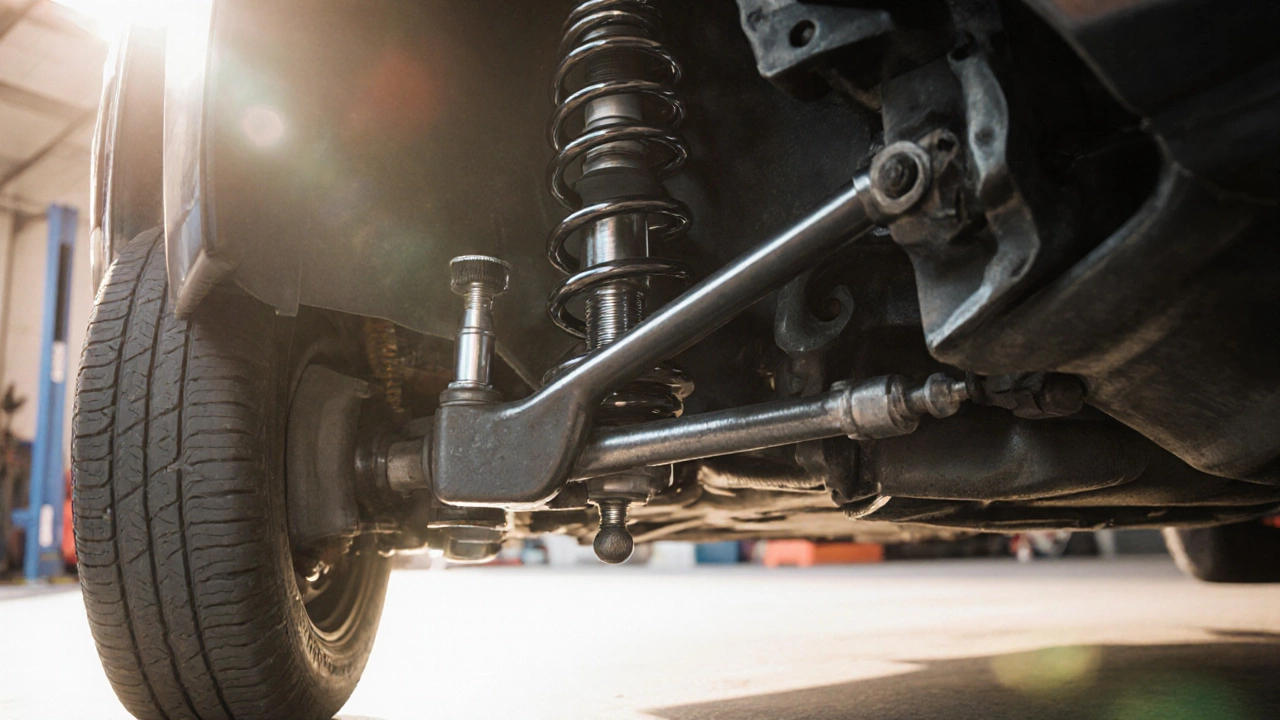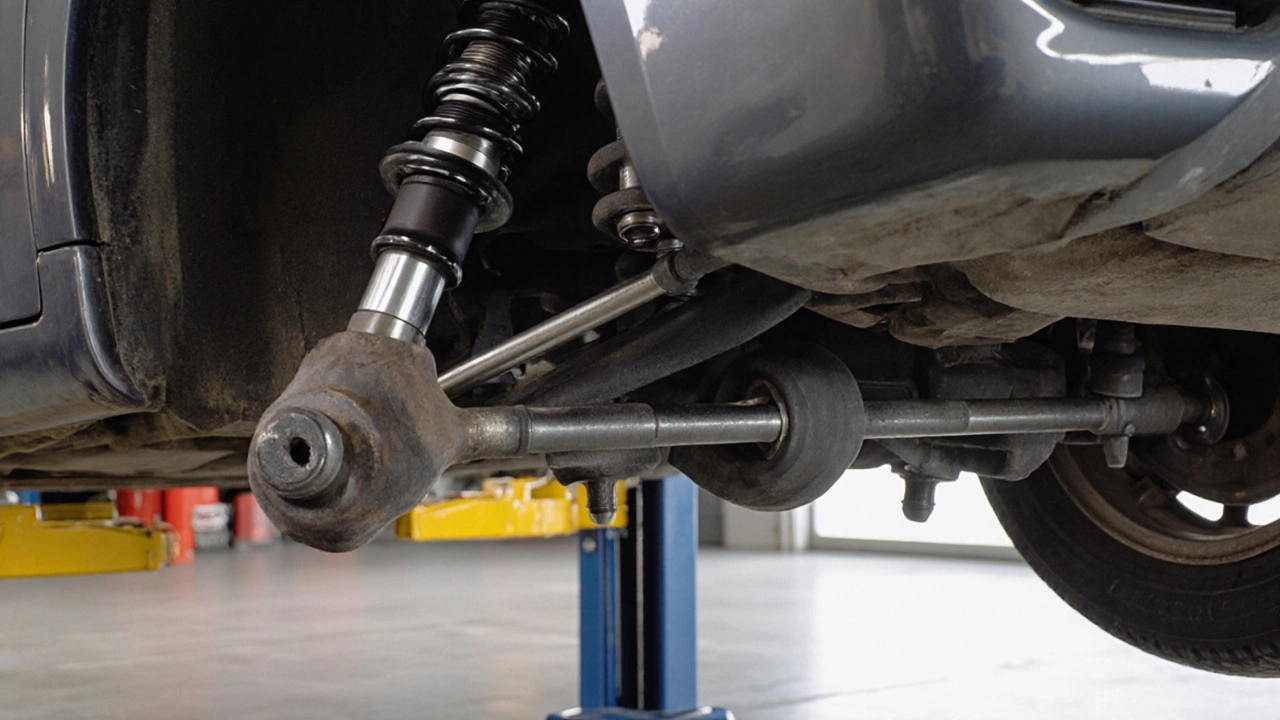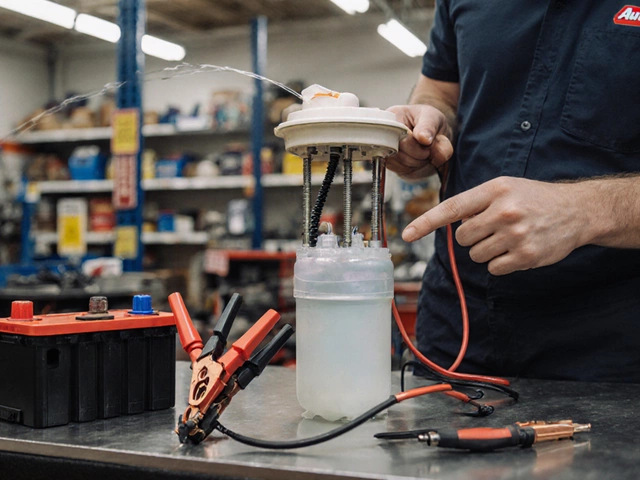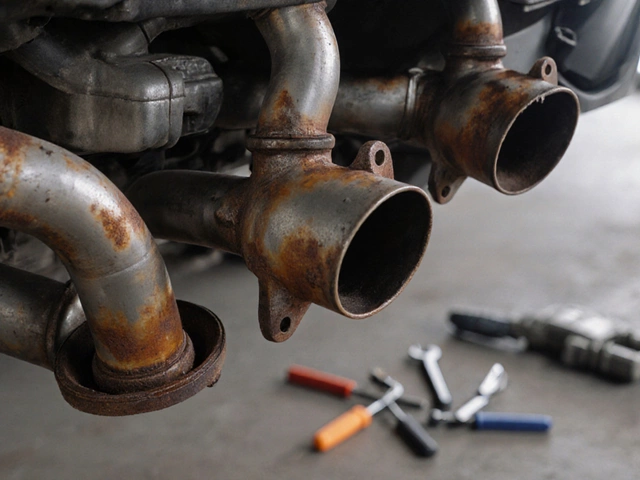Car Suspension Parts: Everything You Need to Know
When working with car suspension parts, the components that link your wheels to the chassis and manage ride comfort, handling, and safety. Also known as suspension components, they are the backbone of a smooth, controlled drive.
One of the most critical pieces is shock absorbers, devices that convert spring movement into heat, preventing excess bounce and keeping tires planted. Paired with MacPherson struts, a type of structural assembly that combines a shock absorber with a coil spring and steering knuckle, they form the core of most modern front suspensions. Together, these parts define how your car responds to bumps, cornering forces, and load changes. If either component wears out, the whole system suffers, leading to reduced grip and uncomfortable rides. Car suspension parts also interact with chassis geometry, tire pressure, and alignment, so a problem in one area often signals an issue elsewhere.
Common Issues and How to Tackle Them
Among the frequent complaints, a bent suspension, a deformation of control arms, knuckles, or mounting brackets caused by impacts or over‑stress tops the list. A bent element can throw off wheel alignment, increase tire wear, and put extra load on shock absorbers, accelerating their failure. Detecting it early usually involves visual checks for uneven gaps, listening for clunking noises, or feeling a pull during steering. When you spot these signs, the remedy is often a straightening or replacement, followed by a full alignment sweep.
Effective suspension troubleshooting, a systematic approach that isolates the faulty component through visual inspection, bounce tests, and road‑feel evaluation saves time and money. Start with a simple bounce test: push down on the car’s front or rear corner and watch how many times it rebounds. One bounce suggests worn shock absorbers; endless bouncing points to a broken spring or a failing strut mount. Next, check for fluid leaks around the shock seals—leakage means the absorber can’t dampen properly. Finally, verify that all mounting bolts are tight and that bushings aren’t cracked, because loose hardware often masquerades as a more serious component failure.
Understanding how these elements fit together lets you diagnose problems before they snowball. In the list below you’ll find detailed articles on shock absorber wear, MacPherson strut basics, bent suspension detection, and step‑by‑step repair guides. Whether you’re a DIY enthusiast or just want to know what the mechanic is talking about, the posts ahead break down each topic into clear, actionable steps.

Suspension Components Explained: What’s Included in Your Car’s Suspension
Learn the key parts that make up a car's suspension, how they work together, common wear signs, and tips for choosing the right replacements.
CONTINUE READING








